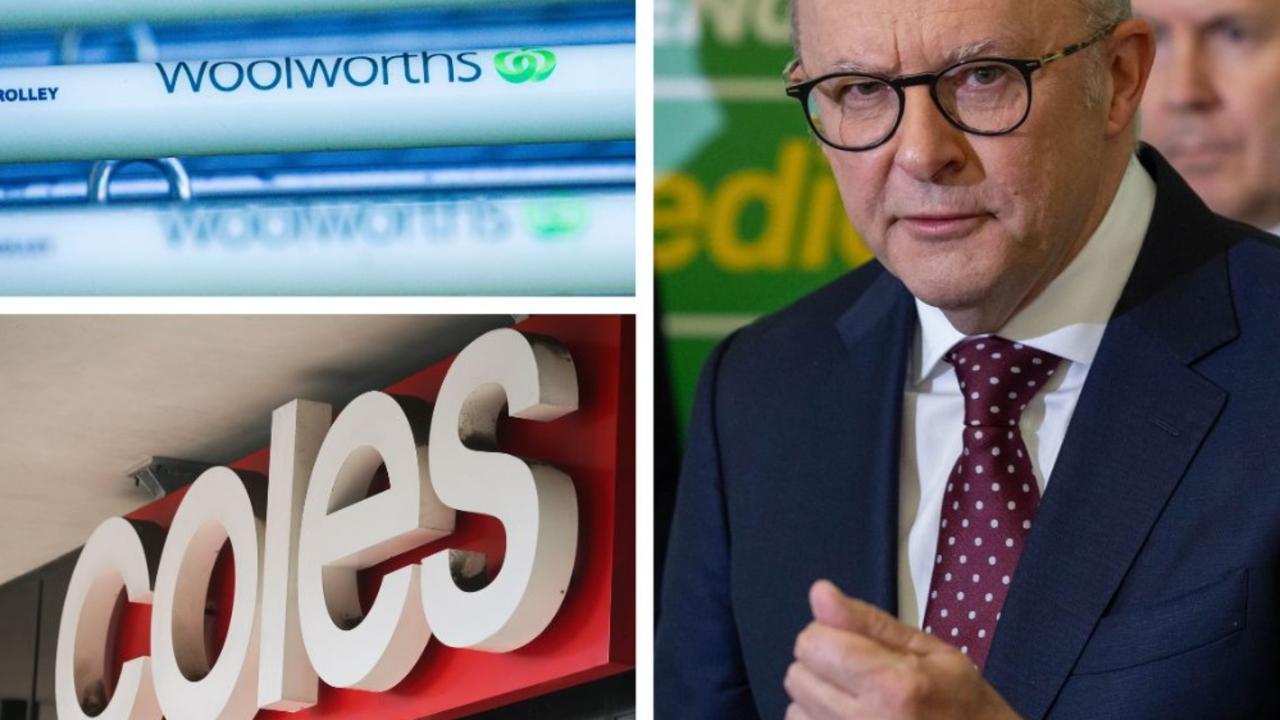‘Hate it’: Sad final days of iconic retailer Bed Bath & Beyond
Shelves are already looking bare at a massive retailer that is going under, but one remaining product highlights how things went so wrong.

Retail
Don't miss out on the headlines from Retail. Followed categories will be added to My News.
Carolyn, from the New York borough of Queens, wasn’t mincing her words as she paced around the soon to be shuttered Bed Bath & Beyond flagship store in Manhattan on Monday.
“I hated it,” she told news.com.au. “When they re-did this store, everyone raved about it, but I hated it. Look at it. It’s just a vast empty space.
“They said, ‘Oh we used to have all this merchandise stacked up and now we don’t’. And I’m thinking, ‘Yeah because it was on sale and you wanted a big selection.’
“Now it’s a whole lot of nothing.”
Carolyn’s gripe with the slick Sixth Ave store was shared by many customers while they picked their way through the increasingly sad looking selection as its closing date looms.
On the weekend, Bed Bath & Beyond, one of the best known US retailers, filed for bankruptcy.
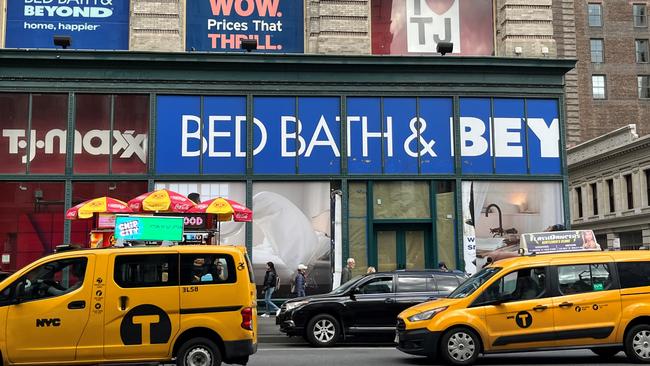
The retailer has been closing stores in recent years – it’s gone from having 1560 in 2019 to just 480 stores. But now those will all soon close in one of the highest profile US store failures in years. About 14,000 people will lose their jobs.
And in its flagship store was one simple, but telling, issue that could be symptomatic of the whole chain’s problems.
Unlike some US retail giants – such as Kmart, Safeway and Target in their original forms – Bed Bath & Beyond never made it to Australia. So it can be difficult to gauge what an iconic shopping centre staple it was.
But since it opened in 1971, Bed Bath & Beyond expanded to stretch across the US, from Alabama to Alaska. Countless American bedrooms, bathrooms, kitchens and more were filled and decorated by the company. It was as ubiquitous in the US as, say, Big W or Coles is in Australia.
Then came along the pandemic and the increasing trend of customers buying online. That was coupled with a series of disastrous swerves of strategy.
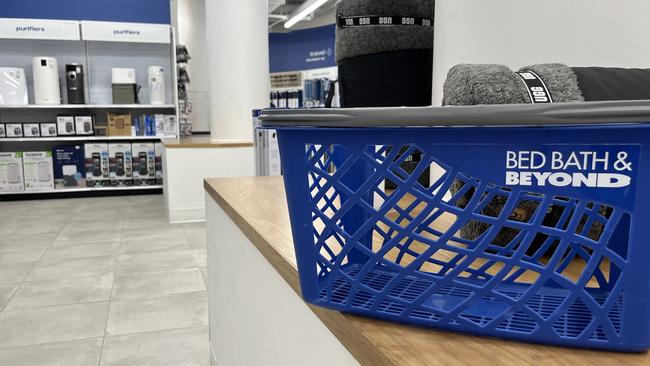
‘I won’t be upset’
Manhattan used to boast a clutch of Bed Bath & Beyond stores; now the one on Sixth Ave, in Chelsea between Midtown and Downtown, is the last one remaining.
Spruced up in 2021, the signage outside already looks tatty, with graffiti over the walls.
“I won’t be upset to see it go,” one shopper, examining a non-stick pan, told news.com.au.
“But my wife will be upset. And if she’s upset, she’ll take it out on me, so I’ll be upset. So I guess I’m indirectly upset by it closing.”
Before its radical makeover in 2021, the Chelsea Bed Bath & Beyond looked vastly different. Like others in the chain, merchandise covered every available nook and cranny.
Pots clung limpet like to columns; gaudy signs hung from the ceiling extolling how cheap big brands were; aisles were claustrophobically crammed together. It was like Bunnings meets JB Hi-Fi meets Chemist Warehouse – but with doonas.
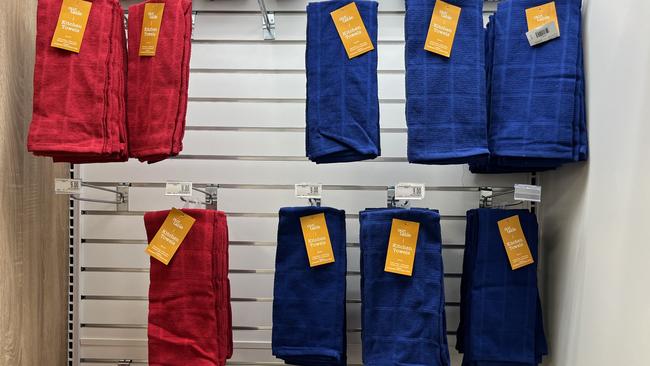
Customers would fill their trolleys, encouraged by the store’s ubiquitous blue coupons that could be scanned at the register for a discount.
When the store was reopened, it was lighter, brighter, with lower shelves and fewer products; some popular big brands had been ditched and replaced with private label which promised – but didn’t deliver – higher profits for the company.
Where stock had once been piled high, now there was a SodaStream bar and a health and wellness area.
“This is truly emblematic of the remodels we’ll be doing across the next three years,” then-chief executive Mark Tritton told NBC at the time. He left the firm last June.

‘As long as you want grey, you’re fine’
Many loyal customers, like Carolyn who was hunting for a coffee maker, hated the change.
“They got rid of those high shelves – but there was merchandise on them,” she said.
“They used to have a whole selection of bath towels – reds, pinks, purples and blues. Now as long as you want grey, you’re fine.”
She pointed at a vast space in the middle of the store where there was, well, nothing. “They could have put stock there,” she said.
“They went minimalist but I’m not minimalist – I want variety.”
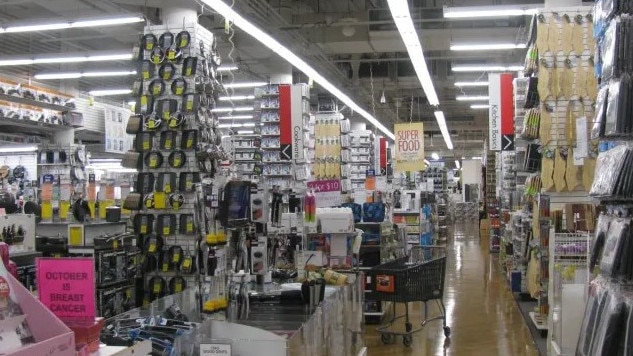
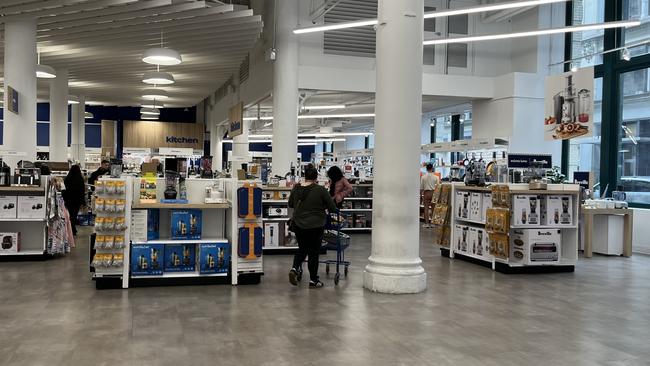
Carolyn acknowledged it wasn’t just the store redesign that was the problem.
A far bigger issue was stores of all kinds losing business to Amazon and other websites. In contrast Bed Bath & Beyond was slow to go properly online and clunky once it got there.
Other chains such as Walmart, TJMaxx (known as TKMaxx in Australia) and Target also became more successful at cutting Bed Bath & Beyond’s grass, tempting away its customers with cheaper prices and decent ranges.
Yet, this week, the company’s New York store didn’t immediately look like a retailer going under.
Inside it looked immaculate and many of the shelves seemed full.
That’s perhaps because a closing down sale hasn’t begun yet.
But as you pushed further into the two-storey outlet – around the size of an average Bunnings – the cracks were beginning to show.
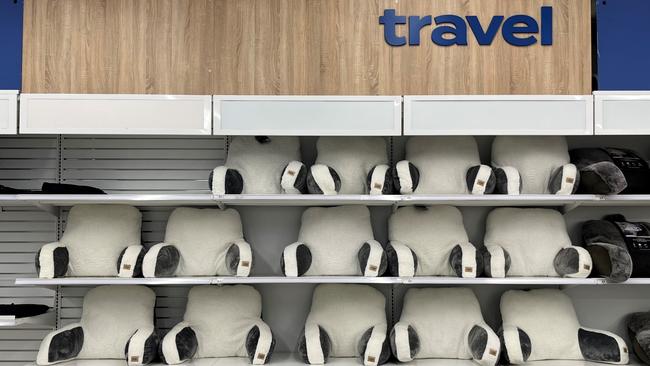
The self-serve checkouts were all on the blink.
In the cosmetics section, swathes of shelving was already empty. In one area, a parade of shampoo bottles had been carefully spaced out to try – valiantly and fruitlessly – to look like it was filling the space.
The lack of towels suggested customers were quickly snapping them up.
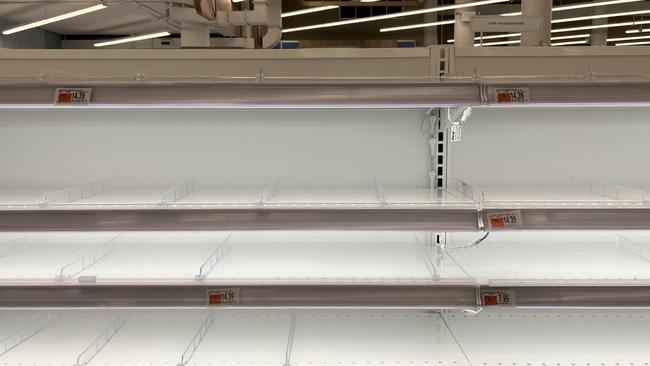
Unforgivable retail fail
In other areas, shelves were full – but somewhat suspiciously so. It’s a common tactic when stores are running low on stock to cram what would otherwise be empty shelves with big, bulky items, often from another part of the store, to fill a hole.
And so, in the travel section that should be full of suitcases, large UGG branded woollen backrests took up as much space as possible.
On one set of shelves was a disastrous retail fail. Stacked up were scores of storage containers, all with serrated bamboo lids.
They came in two different brands. One was called IDesign which you can find in other retailers, the other Bed Bath & Beyond’s home brand called Squared Away.
The pair were identical in every way, except in price. Unforgivably, the retailer’s home brand – the budget option – was a full dollar more expensive than the branded product. Private label being cheaper than the branded option is retail 1-0-1.
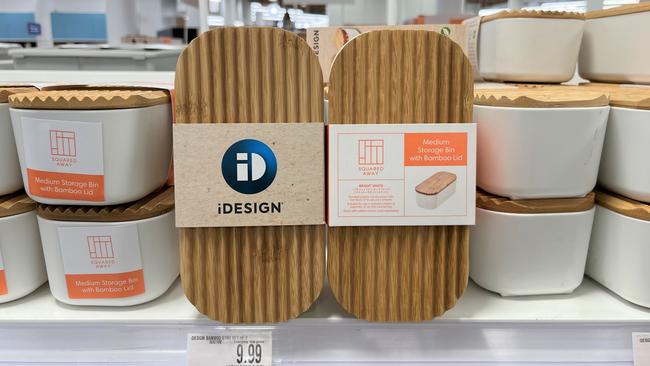
Carolyn had headed out to Bed Bath & Beyond for a coffee maker because she wanted to get a feel for it before she bought it.
“I want to check the dimensions and make sure when I lift the lid it’s not going to hit the kitchen cabinet.”
But her search was proving futile; she was close to giving up.
“I’ll probably just order it on Amazon.”
Continue the conversation on Twitter @newscomauHQ | @BenedictBrook
More Coverage
Originally published as ‘Hate it’: Sad final days of iconic retailer Bed Bath & Beyond




